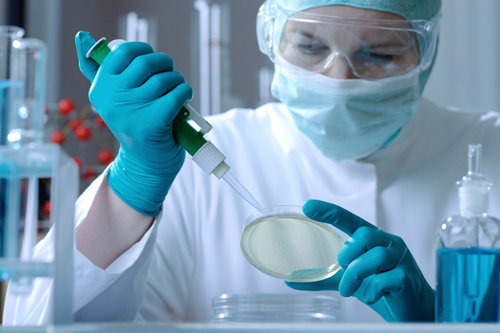The process of obtaining bone and soft tissue for scientific research can be a complex and time-consuming process. There are many different methods of organ procurement and tissue recovery that researchers can use to procure the necessary material, and each has its own set of pros and cons. In this article, we will discuss some of the most common methods used to procure bone and soft tissue from humans or animals.

1. Autopsy: This is the oldest method of obtaining bone and soft tissue from humans, and it involves dissecting small pieces of tissue from bodies that have died naturally or been killed in accidents. The disadvantage of the autopsy is that it is not always possible to obtain representative samples from all parts of the body, which can lead to inaccurate results.
2. Serum Collection: This method involves collecting blood samples from individuals who are likely to provide high-quality material for research purposes. The main advantage of serum collection is that it is relatively easy and rapid, which makes it a popular option for researchers who need large quantities of bone or soft tissue quickly. However, serum collection may not always be possible due to ethical reasons or the sensitivity of the subject’s medical records.
3. Bone Marrow Collecting: This is a more invasive method that involves taking a needle and extracting bone marrow from the bones of the arm or leg. Bone marrow is a rich source of white blood cells, which are essential for the proper function of the immune system.
4. Captive Animals: Animals can be used as sources of bone and soft tissue for research purposes, but this method is not always possible or ethical due to concerns about animal welfare.
5. Donor Registries: Donor registries allow individuals who are healthy but willing to donate their bone or soft tissue to researchers to register their names and addresses. When researchers need material from a specific donor, they can contact the registry in order to find a compatible individual.
